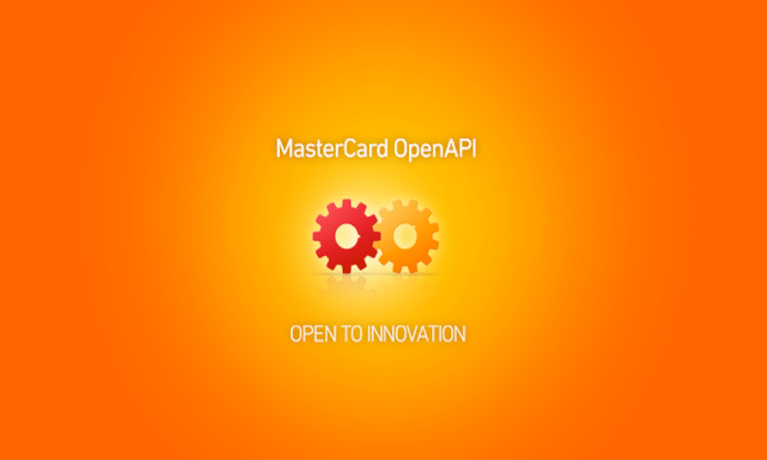As the famous line from “Cabaret” goes, money makes make the world go round. Though much of the world has changed since Fred Ebb wrote that lyric, that essential truth remains … well, essentially true.
But when it comes time to spend that money or find a place to spend that money or navigate to a location to spend it — when it comes time to make sure that money can move around the world — that’s probably going to take a software developer.
Which is why finding ways to excite, entice and draw the enthusiasm of developers has become such an incredibly important core competency for any serious payments or commerce player over the last decade or so. No matter how shiny the hardware or impressive the platform, if developers won’t build for it, real ignition is going to be an issue.
Which brings us to the news of today: Mastercard’s launch of Mastercard Developers — the firm’s new single gateway for developers that gives Mastercard partners access to a set of newly opened application programming interfaces (APIs) across payments, data and security
Or if one were being technical — according to Mastercard, today’s launch is actually taking the launch of its developers gateway to a whole new level since the program first opened to the public about six years ago.
But according to Oran Cummins, Sr. Vice President of Mastercard API, six years and a nearly 400 percent increase in usage means Mastercard for developers today is a very different animal than it was six years ago.
Advertisement: Scroll to Continue
Cummins told Karen Webster in an interview before the latest updates were announced that the redesigned platform will now offer even more APIs across payments, data and security and will also feature a “New and Experimental” API category to help spark the growth of innovative services and applications.
For the first time, Mastercard partners can co-innovate and have access to experimental APIs, developed at the company’s eight R&D Labs around the world.
“It really is the tip of the iceberg,” Cummins said. “We have actually fundamentally changed how we are developing products at Mastercard.”
This new API-centric approach to product development is one that Cummins explained can be seen across the organization. It will also mean that existing, newly built and acquired services will all be published on Mastercard Developers.
Delivering On Ease
Cummins said that Mastercard Developers will serve as a single gateway and provide a format that allows partners to connect with Mastercard offerings in an easier way, including key services, like Masterpass and Mastercard Digital Enablement Service.
He added that the Mastercard Developers platform now offers access to more than 25 Mastercard APIs, covering categories of Payment, Data Services, Security, Experimental and Financial Inclusion.
One such API, Mastercard Send, is being used to power real-time payments for marketplaces using Stripe’s instant payouts features. Stripe merchants in the U.S. are able to receive funds quickly and securely.
Data Services APIs, Cummins explained, include Market Insights, Retail Location Insights and Media Measurement, which enables easy access to data and insights from Mastercard’s advisory and consultancy side. He noted that the pipeline of Data Services APIs is a key differentiator for the Mastercard Developers platform.
Mastercard’s focus on software development kits (SDKs), which Cummins said are available across six of the most popular programming languages, is aimed at providing the security that’s necessary to safeguard the movement of money.
“The security is inherently complicated, but when you provide the SDKs, you can hide a lot of that complexity and make it very easy for the party whose integrating our services into their solution,” he explained.
The utilization of SDKs delivers on that level of complexity and security but in a much simpler way.
Going Experimental
One of the newest features of Mastercard Developers is the inclusion of an entire category of APIs that are considered to be new and experimental for payments integration, such as augmented reality, virtual reality and the Internet of Things.
According to Cummins, the Mastercard Vending API, along with a suite of developer tools, will be showcased during an upcoming challenge.
“Vending has been around for decades, and it’s been very difficult to have a real consumer engagement beyond putting your cash, coins or swipe your card,” he said. “As we go digital and we’re enabling vending from your smart device, whether it be your phone, smartwatch, etc., for the first time, we can provide an engagement with the consumer that you could never do before.”
The opportunity for new levels of digital engagement in vending may open the door for loyalty to be folded into the experience or for the interaction with the consumer to be gamified.
The API provides the infrastructure for payment and security so that vending operators can focus on the engagement itself, Cummins said.
When it comes to financial inclusion, the MC Aid Network API is looking to solve a longstanding problem in developing economies where there’s just no easy way to have a POS of any kind.
By opening up the API, he said the hope is that it will allow others to develop new experiences and drive change in an area of financial services that really needs it.
The open nature of developer platforms and the APIs being made available can be impacted by many factors, but Cummins said chief among them is immediate consumer needs.
“We are increasingly becoming more and more open, and we do see APIs as the main method of distribution for our services and just making them more flexible and easier to use,” Cummins explained. “For all the new ideas, new products and new things we come up with, making them available early is an important step for us.”




